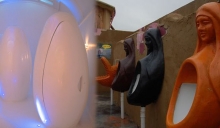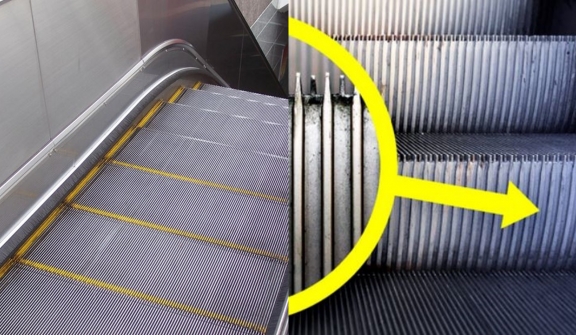
If you frequent shops in malls, office buildings, or use public transportation, I believe you have used escalators at least once.
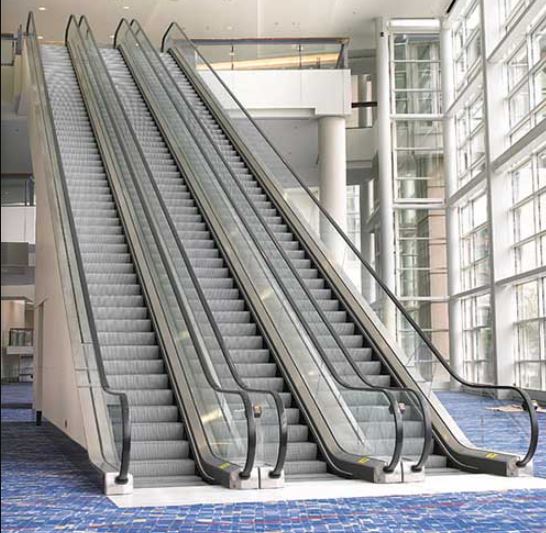
When using an escalator, you may have noticed the vertical grooves running across the steps. Have you ever wondered about their purpose?
These grooves serve a crucial function beyond aesthetics. When an escalator step reaches the top, it disappears in front of you, usually sliding beneath a ridged yellow lip known as a comb plate, with subsequent steps following suit.
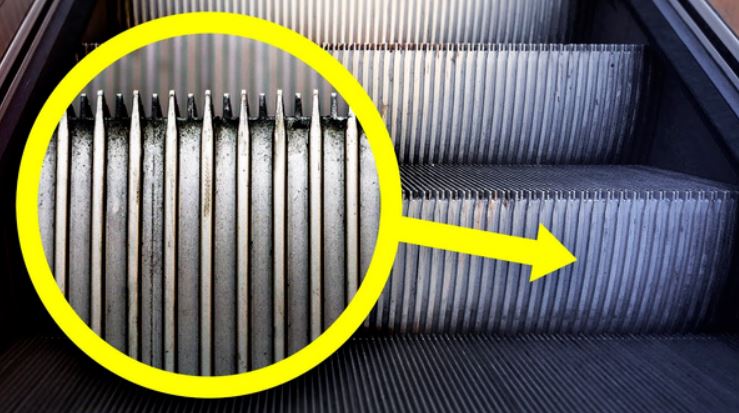
In fact, for escalator steps to continue moving from the top to the bottom, they need to flatten, and the escalator's operation must sweep away any obstructions. The comb plate plays an important role in this function.
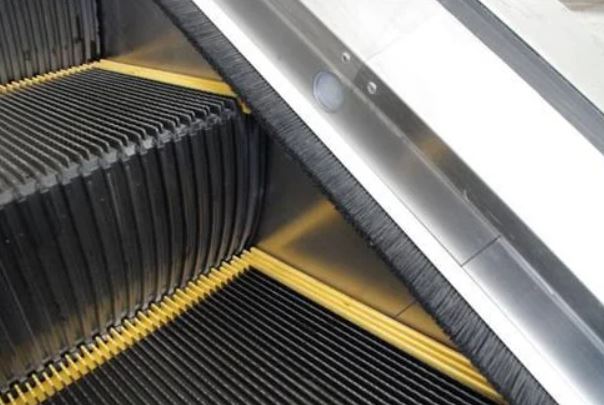
The grooves and comb plate interlock, safely sweeping away any potential obstructions and enabling the escalator's operation.
Without these grooves, effective cleaning would be more challenging, and the gap between the steps and the platform could allow unintended materials, like shoelaces or pieces of paper, to get trapped.
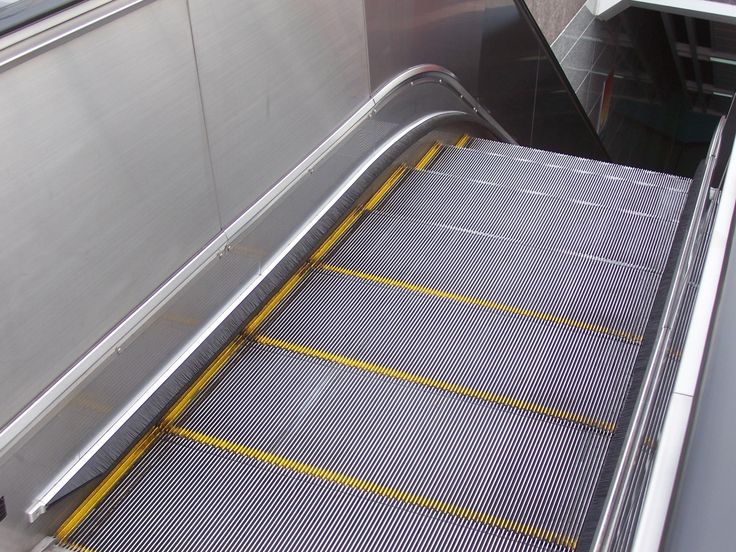
Moreover, the grooves provide a collection point for liquids, reducing the risk of slipping on rainy days. On flat steps, water would pool and make things slick.
So, the grooves prevent liquids from pooling on the surface of the stairs, which keeps the user safe.
Another hidden design feature, nylon bristles, also enhances escalator safety.
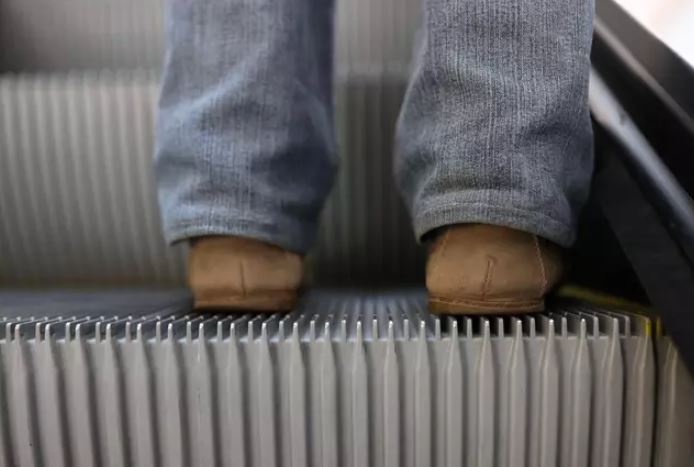
These bristles prevent objects from becoming trapped between the moving stairs and the balustrade skirt.
Without them, there would be a higher risk of clothing becoming entangled in the escalator, potentially leading to hazardous incidents.


